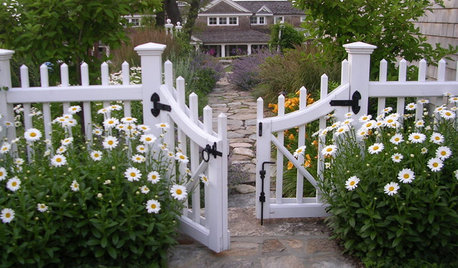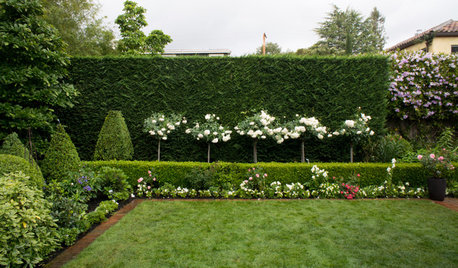getting rid of Laurel hedge, Finally!!
treepalm
16 years ago
Featured Answer
Comments (16)
buyorsell888
16 years agoEmbothrium
16 years agoRelated Professionals
Marina Landscape Architects & Landscape Designers · Zion Landscape Architects & Landscape Designers · Arlington Landscape Contractors · Waterbury Landscape Contractors · Brookside Landscape Contractors · East Chicago Landscape Contractors · Federal Way Landscape Contractors · Mount Sinai Landscape Contractors · North Richland Hills Landscape Contractors · Paramount Landscape Contractors · San Carlos Park Landscape Contractors · West Allis Landscape Contractors · Wheat Ridge Landscape Contractors · Bellevue Fence Contractors · Garden Grove Fence Contractorsreg_pnw7
16 years agoswinny
13 years agotoymkr
13 years agoEmbothrium
13 years agoCalamity_J
13 years agoAnita
3 years agogardengal48 (PNW Z8/9)
3 years agomorpheuspa (6B/7A, E. PA)
3 years agoCameron Macfarlane
last yeargardengal48 (PNW Z8/9)
last yearCameron Macfarlane
last yearlast modified: last yearfloral_uk z.8/9 SW UK
last yearCameron Macfarlane
last year
Related Stories

MOST POPULARHow to Get Rid of Those Pesky Summer Fruit Flies
Learn what fruit flies are, how to prevent them and how to get rid of them in your home
Full Story
EDIBLE GARDENSNatural Ways to Get Rid of Weeds in Your Garden
Use these techniques to help prevent the spread of weeds and to learn about your soil
Full Story
LANDSCAPE DESIGNGet the Look: New England Garden Style
Stone walls, clipped hedges and flowering borders contribute to this traditional look
Full Story
GARDENING GUIDESTake Care of Your Hedges With These Pruning Pointers
Hedging plants are often called the garden’s architecture. Here’s how to keep different kinds healthy and attractive
Full Story
SAVING WATERXeriscape Gardens: How to Get a Beautiful Landscape With Less Water
Conserve water and make gardening much easier with the xeriscape approach’s 7 principles
Full Story
KITCHEN STORAGEGet It Done: How to Clean Out the Pantry
Crumbs, dust bunnies and old cocoa, beware — your pantry time is up
Full Story
LIFEHow to Get Along With the Neighbors — and Live Happier at Home
Everyone wins when neighbors treat one another with kindness, consideration and respect
Full Story
REMODELING GUIDESLaminate Floors: Get the Look of Wood (and More) for Less
See what goes into laminate flooring and why you just might want to choose it
Full Story
DREAM SPACESGet the Details: 4 Grand Dream Kitchens
High-end materials and spacious floor plans are the stuff dreams are made of
Full Story
BATHROOM DESIGNConvert Your Tub Space to a Shower — the Planning Phase
Step 1 in swapping your tub for a sleek new shower: Get all the remodel details down on paper
Full StorySponsored
Franklin County's Custom Kitchen & Bath Designs for Everyday Living
More Discussions










tanowicki